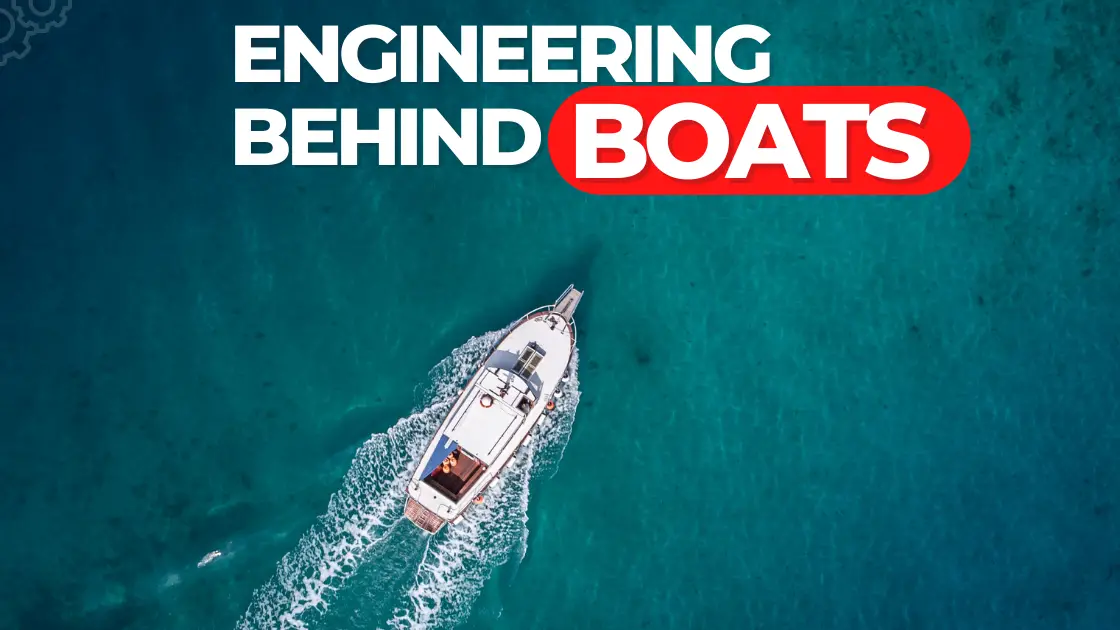How do boats float? The answer is pretty simple. The buoyancy of a boat depends on its shape, weight, and amount of water in the vessel. With this knowledge, you can easily find out how to make a boat float.
If you’re like most people, you probably don’t know how to float a boat. A lot of the time, floating a boat is just an easy, common-sense matter of tying a rope to a mast, putting the other end in the water, and then letting it ride the waves.
When something floats, it displaces a certain quantity of water when placed in it. In other words, its volume is smaller than the volume of water that it needs to fill to sink. This means that air is between its different parts, which makes it less dense than water. in this article, we will discuss how boats float.
What Is Boat?
A boat is a vehicle that moves only in water, such as a sea, lake, or river. It may move through the water by utilizing energy from the wind, waves, etc. It can also move using energy produced by an engine. Therefore, the boat can be found in two types.
One is that we see it passing partially above the water’s surface. Another is a submarine that sinks deep into the water’s surface. The submarine is mostly used for military purposes, while the normal one is used for commercial purposes.
How do boats distribute their weight?
When you put a boat in water, the bow sinks below the surface, the stern rises out of the water, and the hull creates a V-shaped wedge. The amount of water a hull displaces depends on its volume, length, width, and depth. When calculating the volume of a boat, add up the volume of each part of the hull. The hull’s volume determines how much water the boat displaces. The amount of water a hull displaces determines whether a boat sinks or floats.
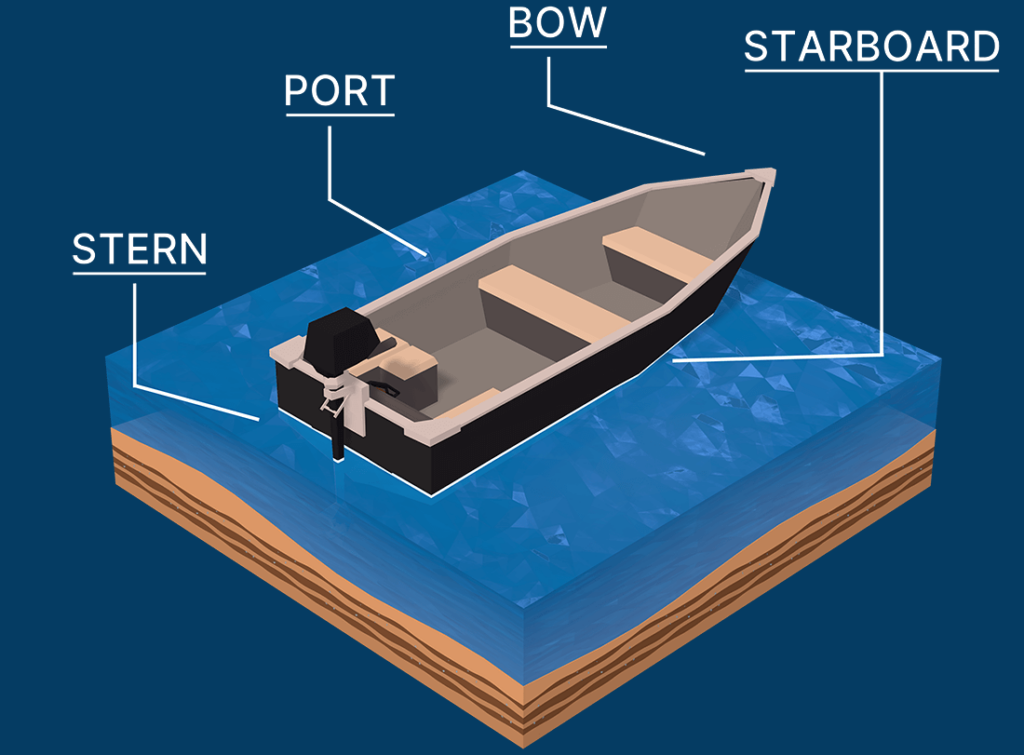
What Size Boat Do You Need?
- Offshore Fishing Boat Size: 30-Feet And up
- Inshore Fishing Boat Size: 17 TO 20 Feet
- Bay Boating Size: 20 TO 30 Feet
- Cruising / Pleasure Boating Size: 20 TO 30 Feet
- Water Sports Boat Size: 17 To 25 Feet

How Do Boats Floats?
Here are the reasons why boats float:
- Buoyancy
- Stability
- Design of the Boat
- Density Level of the Boat
- Archimedes Theory
- Plimsoll Mark
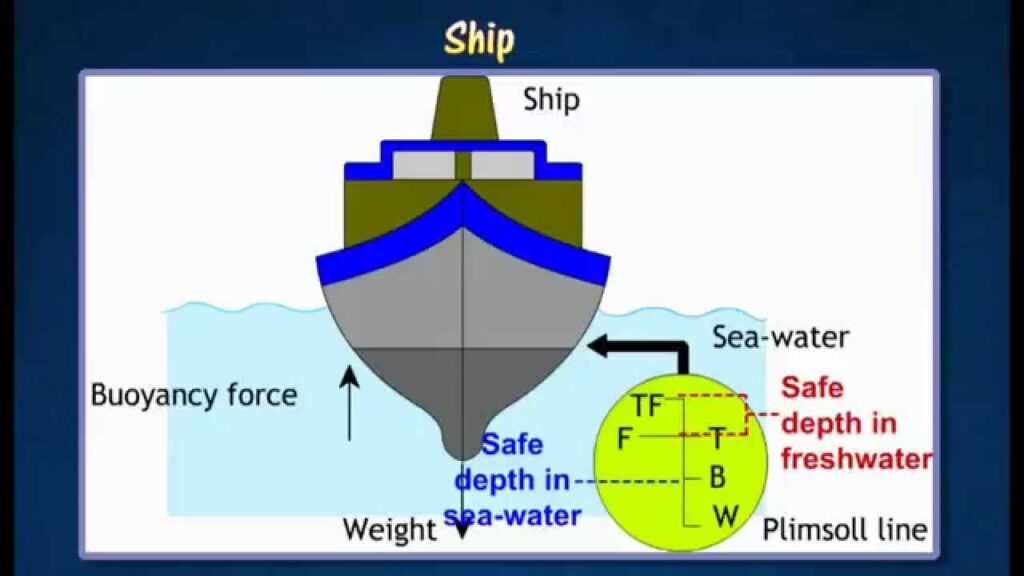
Buoyancy – How Do Boats Floats?
Buoyancy is the capability of an object to float when it is in a fluid. The fluid can be either a liquid or a gas. When a thing is in a fluid, the molecules that make up the fluid are constantly bumping into the object, which the object will feel as fluid pressure. The magnitude of fluid pressure at any given point is due to the weight of the fluid above it and is, therefore, proportional to the object’s depth.
For example, the air becomes thinner with increasing altitude in the atmosphere. The elevation is how high an object is above the ground. As altitude increases, fewer air particles are present, resulting in fewer air particles hitting the object, causing the fluid pressure to drop.
An opposite example is an object that goes deep into the ocean. The deeper an object like a submarine goes into the ocean, the more liquid molecules there are on the surface of the submarine. Gravity plays a key role in fluid pressure because gravity pulls on these particles. More particles equal more weight; the deeper a submarine sinks, the more pressure increases because there are more particles above it.

Fluids are particles that move and bump into each other and objects immersed in them. Therefore, when fluids move, they exert a force on any object within them. A fluid’s upward force on an object is the buoyant force.
The buoyant force handled by an object is equal to the amount of fluid the object displaces or moves to occupy a given space. Birds experience a buoyant force from the air as they soar, while a massive steel ship experiences a buoyant force from the water as it sails across the ocean.
Fluid pressure due to gravitational acceleration, the density of the fluid, and the buoyant force, which is equal to the amount of fluid the object displaces, create the object’s buoyancy and determine whether it sinks or floats.
Buoyancy Equation
Since matter makes up everything, all things must have mass and occupy space. The space an object takes up is the volume of the object. Density is a combination of mass and volume. One can determine the density of an object by dividing the mass of an object by the volume of the object. In the equation below, where m represents the mass, V represents the volume, and here d will represent density.
d = m/V
Knowing that the buoyant force an object experience is equal to the weight of the displaced fluid, the equation above can be rearranged to determine the mass of the displaced liquid.
m =d x V
Weight is the result of gravity pulling downward on an object; weight can be calculated by multiplying the mass of an object by the acceleration due to gravity. Acceleration due to gravity is represented by g. Here on earth, gravity pulls on all objects at 9.8 m/s^2. The weight of the displaced fluid is equal to the buoyant force. The weight of the displaced fluid can be solved by multiplying the density of an object by the volume of an object, then multiplying by the acceleration due to gravity. Note the units for force are the Newton represented by N. Here is the equation for buoyant force put together:
Buoyant force = d x V x g
Stability – How Do Boats Floats?
The physical design of the ship’s hull and contents is not the only aspect of a ship’s stability. The engineer can also add passive and active stabilizers. An example of a passive system is the booms seen on many ocean-going vessels to make them more stable in seas. Booms make it very difficult to capsize a boat. Fins are an example of an active system, adjustable to compensate for changing conditions and keep the boat as stable as possible.
Ship design engineers work on a number of measures to improve ship stability, and ships are carefully tested in sea trials before being released to customers. During these tests, personnel will determine maximum speed, cornering, and other handling characteristics. They can also confirm seaworthiness and check performance fully loaded, empty, and in adverse weather conditions. If there are doubts about the ship’s stability, it is necessary to fix them.

Consider a ship that is floating upright in still water, with the positions of G and B as shown, where the initial transverse metacenter (M) is above G.
i.e., GM = KM – KG, which has a positive value.

Consider the lines of action of weight force (Wf), acting downward from G, and buoyancy force (Bf), acting upwards from B1 through the initial transverse metacenter (M). The ship will want to return to the upright condition when the external force is removed.
Design of the Boat – How Do Boat Floats?
There are four main aspects of boat design, the materials used in building the boat, the different technologies and features integrated into the boat, and the psychology of the boat buyer. All these aspects must be optimized to create an up-to-date, environmentally friendly, and economical ship.
Let’s examine these elements in more detail.
Aesthetic Boat Design – How Do Boat Floats?
After meeting all the design requirements, one of the main aspects to consider is the aesthetic appearance of the boat. People usually think that only cruise ships or luxury yachts should consider the boat’s aesthetics; it’s enough to make the other ships functional. However, this is far from the truth.
Even the smallest boat must be ergonomic and have a certain aesthetic appeal to achieve maximum operational efficiency. The design philosophy must include all human and social elements through the design process to create a sense of pleasure in operating the boat.
The effect of aesthetics varies from ship to ship, depending on the function for which it is used. For example, a kayak and a patrol boat will not have the same design requirements.
Materials Used in Boat Design – How Do Boats Floats?
The materials used in boat design and construction have evolved radically over the last fifty years, producing better, cheaper, and more durable options. Wood, iron, and steel were traditionally the basic materials used to build a ship. The main problem with iron and steel is that they can be too heavy for smaller ships, limiting their use to large ships and cruise liners, which almost all still use for hull construction.
Aluminum is preferable, although its high price and maintenance costs are a deterrent. Recently, there has been a shift in boat material from wood to fiberglass. Alternately known as fiber-reinforced plastic, glass-reinforced plastic has become the material of choice for small boats today.
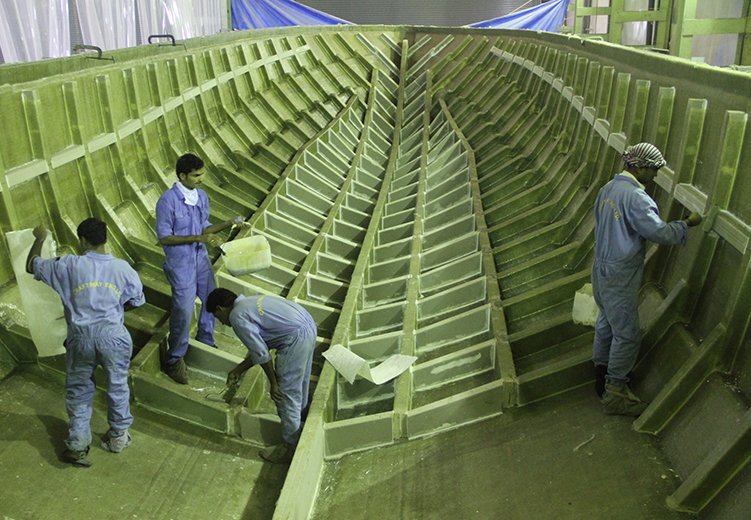
Technology in Boat Design – How Do Boats Floats?
This aspect of boat design has changed in the last decade. There have been tremendous improvements in the technology integrated into the boats to make the ride comfortable and smooth. Sophisticated navigation and location software, advanced personal safety devices, automated controls, and thermal imaging are examples of how technology has become integral to ship design.
Today, every boat is designed to accommodate these components as they have become necessary for better operation. The need for more environmentally friendly ships has influenced many new technologies. Sustainable ship design that uses a renewable energy source to meet its needs, reusing and recycling hazardous waste to prevent marine litter, etc., is how ships try to reduce their carbon footprint through technology.
Density Level of the Boat – How Do Boats Floats?
Different ships are made from different materials. Usually, larger ships are made of heavy material. These materials are denser compared to water. Therefore, for a larger ship, the hull must have an average density lower than the density of water.
Without reaching it, the ship will not be able to sail at all. When there is a larger hull, it lowers the average density of the ship. The larger hull holds a huge amount of air which helps the boat float.
To find out why ships float, we need to look at the principle of density. Everyone has an idea of what density is. Density describes how much something weighs about its size or weight per unit volume. From a technical point of view, the density of a body is defined as the weight (mass) of a body in kilograms (kg) divided by its external volume in cubic meters (m3). The formula for density is: density = mass/volume (kg/m3).
Some examples of density for different fluids and materials are:
- Fresh water: 1,000 kg/m3
- Saltwater: around 1,025 kg/m3
- Certain oils: around 850 kg/m3
- Steel: 8,000 kg/m3
- Wood: around 700 kg/m3
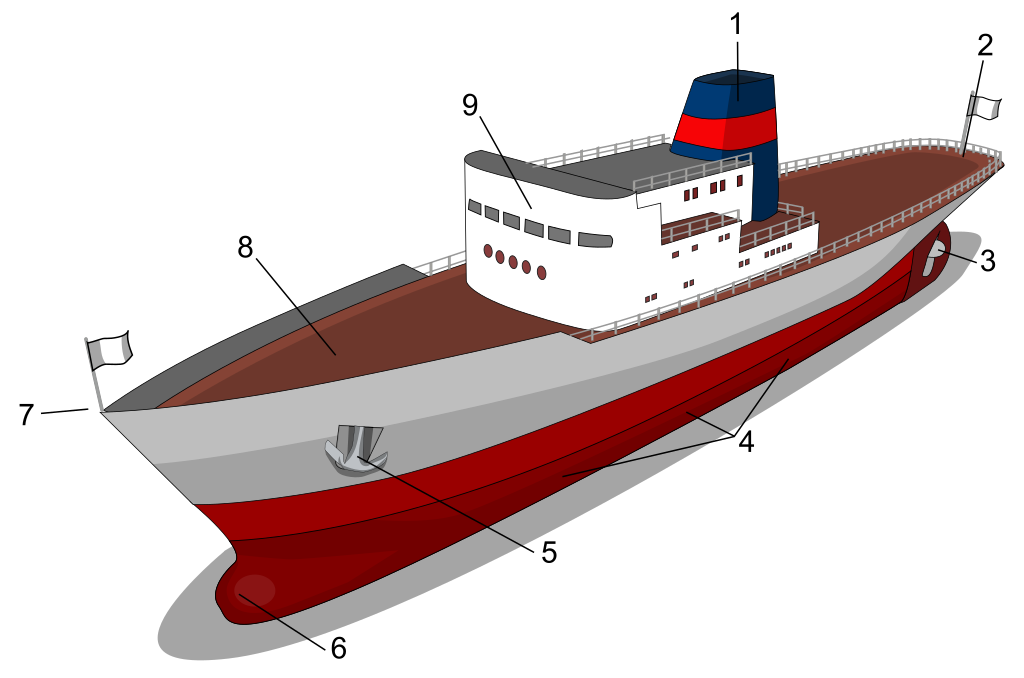
Plimsoll Mark – How Do Boats Floats?
Not all water areas have the same density, greatly impacting the ship’s floating. For example, less dense water will not allow larger boats like ships to float very high from the surface. On the other hand, saltier water has more density, which enables the boat to float quite high.
If the shipping driver doesn’t follow or check the Plimsoll Mark, the ship has a high probability of sinking into the sea. Usually, the captain takes note of the seaways and fixes the loading limit of the ship.

Archimedes Theory – How Do Boats Floats?
A renowned scientist known as Archimedes came up with the idea that whenever an object is in water, it feels upward pressure. And the pressure is equal to the amount of water displaced by that particular object.
For example: If a boat weighs 700 kg and is on the surface of the water, it will only displace the same amount of water from that point. A ship does not sink because it is made in a shape that allows a precise amount of water from its location before it sinks.
Mainly, larger and smaller ships will not sink because the average density of air and ship’s steel is not greater than the average density of water. Therefore, the same boat that feels heavier on solid ground will feel less weight due to this upward force of the water.

FAQS
How do boats not sink?
Boats do not sink because they are lighter than the water around them. A boat’s center of gravity is lower than the surface of the water around it. So if the boat were to sit still in the water, the center of gravity would be below the water’s surface. Because the center of gravity is below the surface of the liquid, the boat does not fall over.
Can a boat sink from rain?
A strong storm has the potential to sink ships, but it doesn’t have to. Keeping rain from sinking a boat requires proper design and owner involvement.

